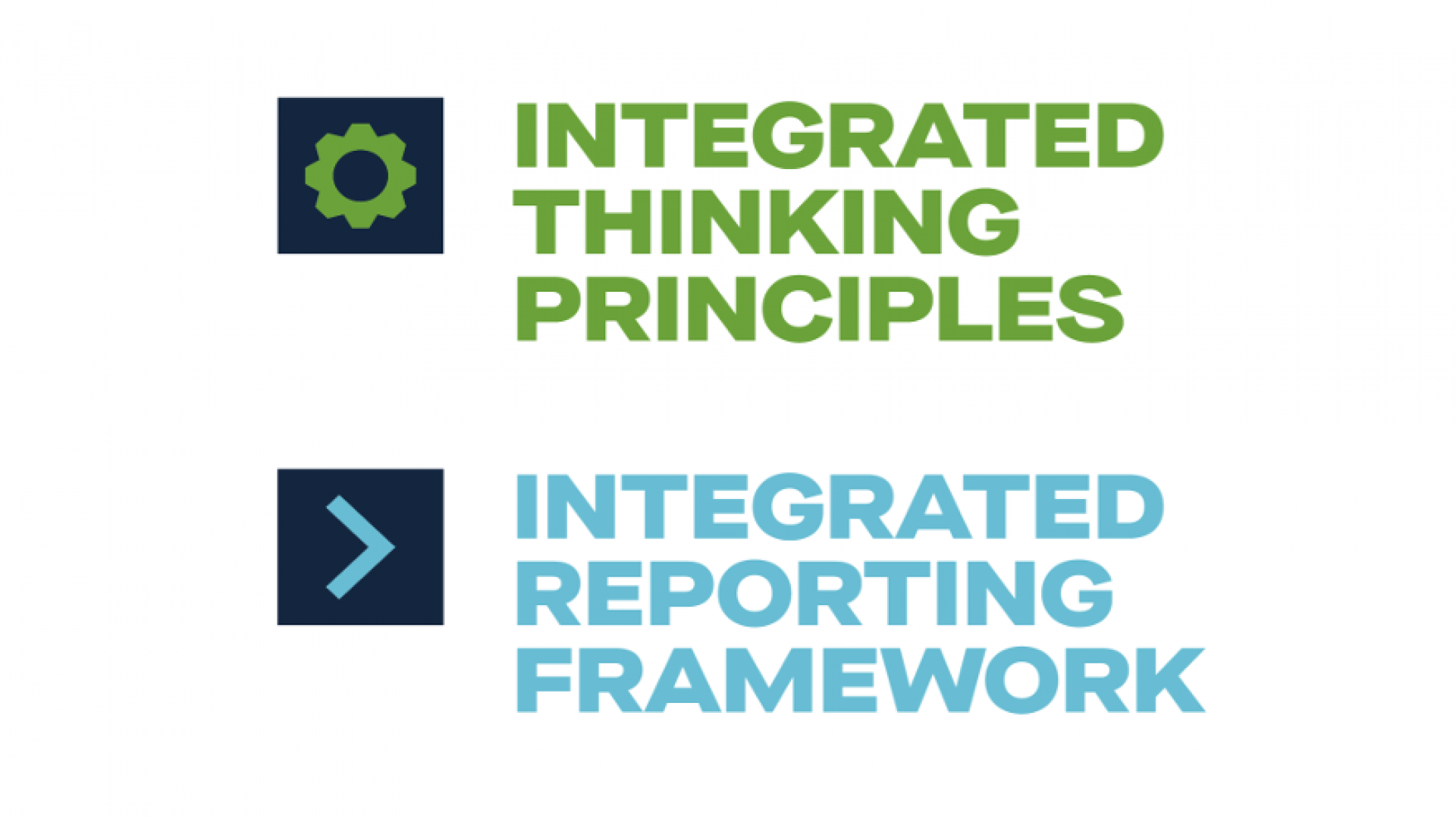Which comes first, integrated thinking or integrated reporting?
You don’t have to be exposed to ‘integrated reporting’ for very long before you’re confronted with the term ‘integrated thinking’.
But what’s the difference?
Can you have one without the other?
And can you create an integrated report without nailing your integrated thinking first?
Let’s answer the last two questions first. Yes you can, by getting to grips with the framework and corralling your information along the lines of principles. But, once you’re on the bus, you will find that the reporting job will be a much easier mountain to climb if your organisation embraces some integrated thinking. The narrative will be easier to generate and the data simpler to organise into cohesive buckets.
That’s the simplistic answer. But be warned – it’s a bit addictive. Scratch the surface and you’ll discover the power of digging deeper.
So, what’s the difference?
Integrated Reporting is a principles-based, multi-capital reporting framework that brings together material information about your strategy, governance, performance and prospects in a way that reflects the commercial, social and environmental context within which you operate. It provides a clear and concise representation of how your organisation creates value now and in the future.
Ideally though, an integrated report is the externally published demonstration of robust integrated thinking inside your organisation, which goes much broader - driving an improved understanding of how value is created, to enhance decision-making and actions by boards and management.
Integrated thinking is a management approach for thinking holistically about the resources and relationships your organisation uses or affects, and the dependencies and trade-offs between them as value is created.
Through integrated thinking, your organisation is better placed to tailor your business model and strategy to respond to the external environment you operate in and understand the risks and opportunities you face.
And the payoff is that the more integrated thinking is embedded into your activities, the more naturally the connectivity of information will flow into reporting, analysis and decision-making.
Where should you start?
It’s a circular argument really. The purist view would suggest getting your ducks in a row by realigning your organisation’s business model along integrated thinking lines before attempting to report that way. But practically that’s a much more complex undertaking and requires a major sell-in to managements and boards. Starting at the reporting end may seem counter-intuitive, yet it’s the ideal method of embarking on the journey. The framework provides a series of principles and components that can act as a checklist to get you started – and in my view, that’s the best way to learn. Take your time – the more you do, the more you’ll learn, the more your team will begin to absorb the principles, the more this business-wide way of thinking will make sense across the organisation, and within three or four years you won’t recognise how much simpler and more cohesive your reporting has become.

